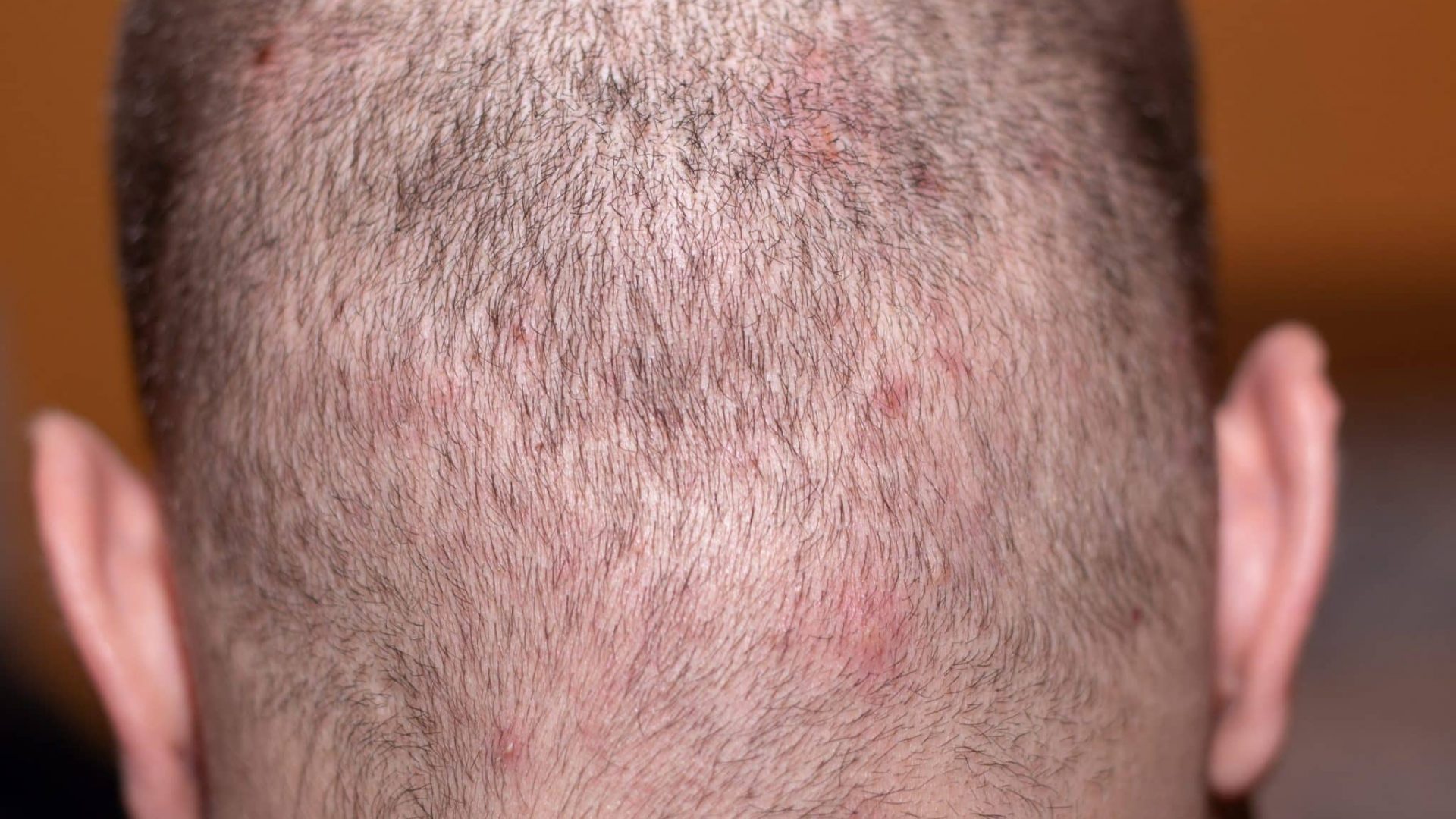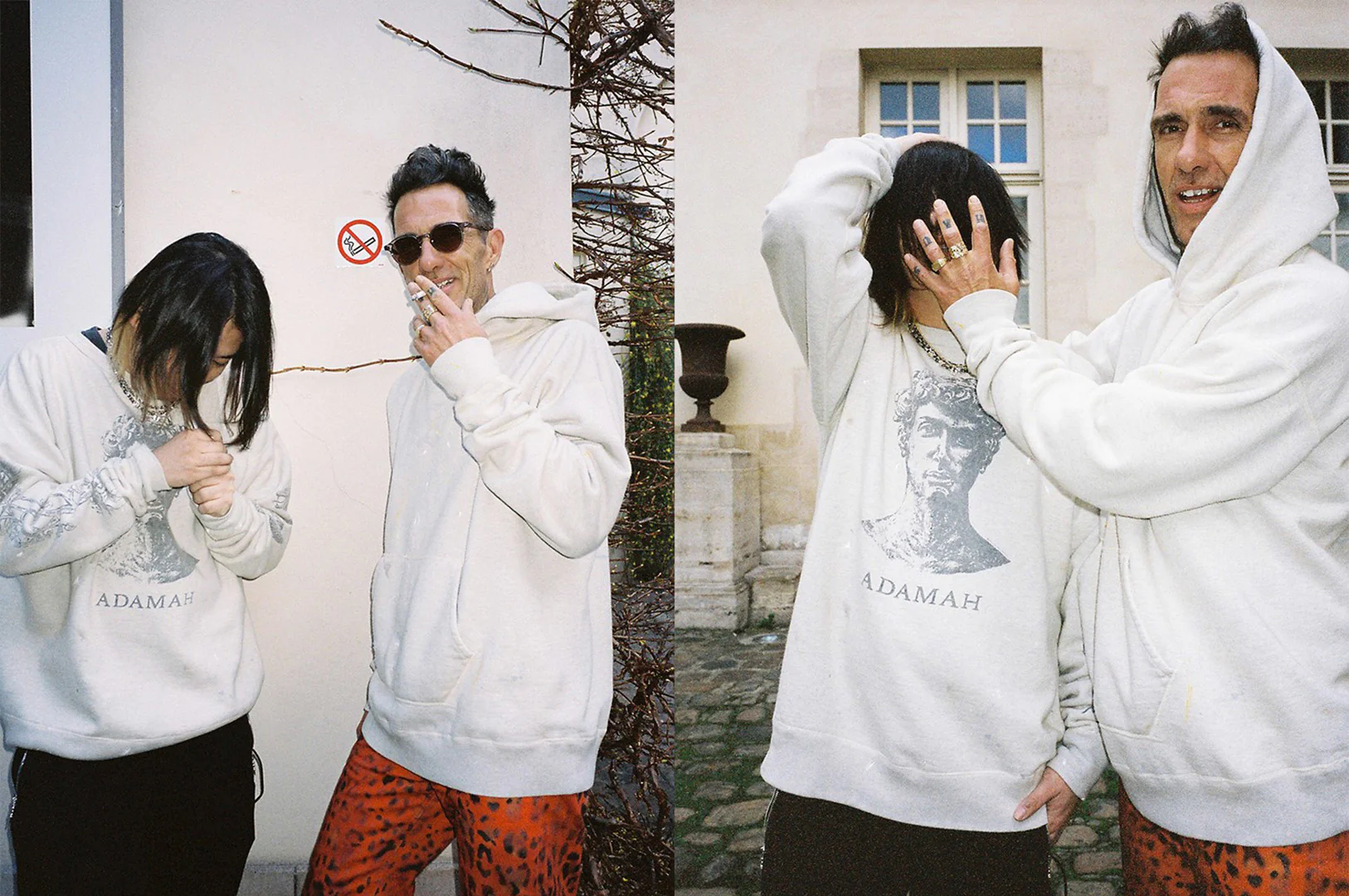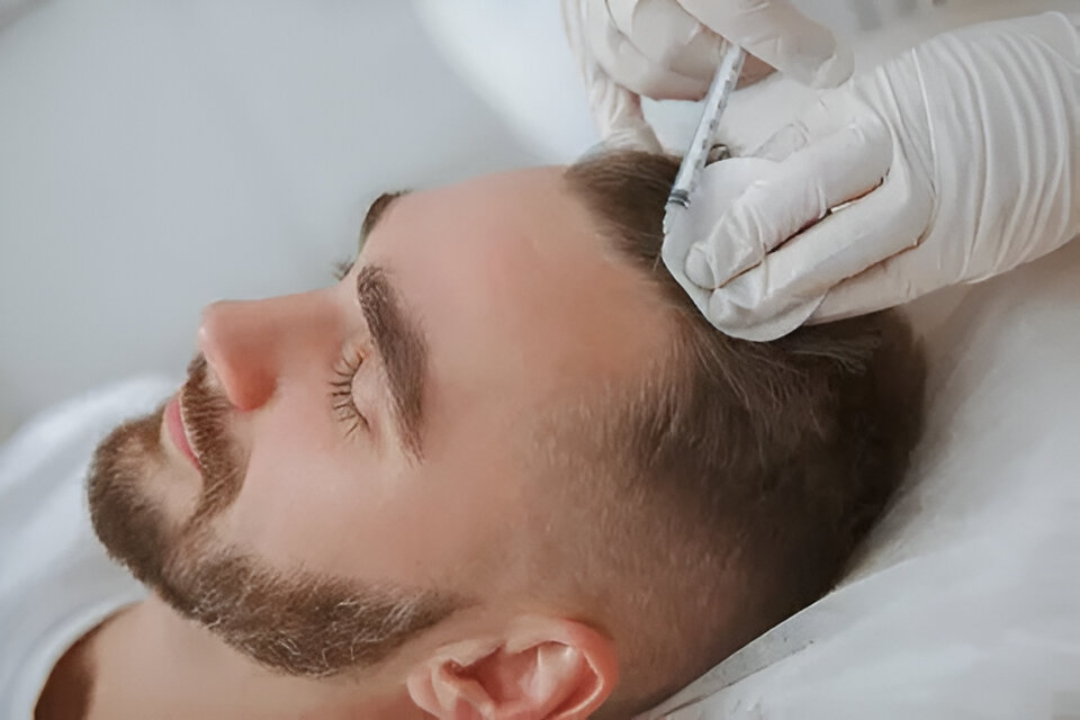Introduction
Pimple-like bumps on your skin can be frustrating and sometimes even embarrassing. Whether you’re dealing with an occasional blemish or a more persistent condition, understanding the causes and the best ways to treat them can make all the difference. But what exactly are these bumps, and how can you get rid of them? In this article, we’ll explore the different types of pimple-like bumps, the causes, and the most effective treatments to help you get smoother, clearer skin.
Identifying Pimple-Like Bumps
It’s easy to mistake pimple-like bumps for regular pimples, but there’s a subtle difference. While both share similar characteristics, pimple-like bumps might not always follow the same life cycle as a typical pimple.
Difference Between Pimple-Like Bumps and Actual Pimples
- Pimple-like bumps are often smaller and don’t always have the typical pus-filled center found in pimples.
- These bumps can appear as tiny, hard lumps or irritated patches on your skin.
- Pimples are usually associated with acne, while pimple-like bumps can occur for other reasons.
Types of Pimple-Like Bumps
- Whiteheads: Small, flesh-colored or white bumps that form when hair follicles are clogged.
- Cysts: Larger, often painful bumps filled with pus and located deeper beneath the skin.
- Keratosis pilaris: Tiny bumps that occur when hair follicles become clogged with keratin, often seen on arms or legs.
Causes of Pimple-Like Bumps
Understanding the cause of your pimple-like bumps is crucial for determining the best course of treatment. There are several factors that could be contributing to their appearance:
Hormonal Fluctuations
Changes in hormone levels, especially during puberty, pregnancy, or menstruation, can lead to an overproduction of oil, which can clog pores and lead to pimple-like bumps.
Poor Skincare Habits
Not washing your face properly or using the wrong products for your skin type can result in blocked pores. This includes using products that are too harsh or not removing makeup before bed.
Allergies and Irritants
Sometimes, skin reactions to skincare products, environmental factors, or even your laundry detergent can cause pimple-like bumps. Sensitive skin may react negatively to ingredients that irritate the skin.
Diet and Lifestyle Factors
Your diet plays a significant role in the health of your skin. Foods that are high in sugar or dairy may contribute to the development of pimple-like bumps. Additionally, stress and lack of sleep can also trigger flare-ups.
Best Practices for Preventing Pimple-Like Bumps
The best way to deal with pimple-like bumps is to prevent them from appearing in the first place. Here are some simple steps you can incorporate into your daily routine:
Establishing a Skincare Routine
Cleanse your face twice daily with a gentle cleanser to remove excess oil, dirt, and makeup. Follow up with a toner to balance your skin’s pH, and always apply a moisturizer to keep your skin hydrated.
Avoiding Harsh Chemicals
Avoid products with alcohol, fragrances, or artificial colors, as these can dry out and irritate your skin. Choose gentle, non-comedogenic products that are formulated for your skin type.
Regular Exfoliation
Exfoliating once or twice a week can help to remove dead skin cells that might otherwise block your pores. Choose an exfoliant that suits your skin type—chemical exfoliants like AHAs or BHAs are great for sensitive or acne-prone skin.
Staying Hydrated and Maintaining a Healthy Diet
Drink plenty of water throughout the day to keep your skin hydrated. Eating a diet rich in fruits, vegetables, and whole grains will nourish your skin from the inside out.
Effective Treatments for Pimple-Like Bumps
Now that we’ve covered prevention, let’s dive into some treatments that can help get rid of those pesky pimple-like bumps. There are several effective options available, depending on the severity of the bumps.
Over-the-Counter Treatments
- Salicylic Acid: This exfoliating agent helps unclog pores and reduce inflammation, making it a great option for treating pimple-like bumps.
- Benzoyl Peroxide: Known for its antibacterial properties, benzoyl peroxide is effective for preventing and treating acne-related bumps.
- Retinoids: These vitamin A derivatives promote cell turnover and help prevent clogged pores, making them useful for treating pimple-like bumps.
Prescription Treatments
- Oral Medications: If over-the-counter treatments aren’t effective, a dermatologist may prescribe oral antibiotics or hormonal medications to address underlying causes.
- Topical Treatments: Stronger retinoids or corticosteroids may be prescribed to reduce inflammation and treat stubborn pimple-like bumps.
Natural Remedies for Pimple-Like Bumps
Sometimes, nature provides the best solutions. If you’re looking for a more natural approach, here are a few remedies that may help reduce pimple-like bumps:
- Tea Tree Oil: Known for its antimicrobial properties, tea tree oil can help reduce inflammation and kill bacteria that contribute to breakouts.
- Aloe Vera: Aloe vera has soothing properties that can reduce redness and inflammation. It’s a great option for calming irritated skin.
- Green Tea Extract: The antioxidants in green tea help protect the skin from damage and may help reduce the appearance of pimple-like bumps.
Using Fragrance-Free Cream for Pimple-Like Bumps
If you have sensitive skin, it’s important to use products that won’t irritate your skin further. This is where fragrance-free creams come into play.
Benefits of Fragrance-Free Creams
Fragrance-free creams are ideal for people with sensitive skin, as they are less likely to cause irritation or allergic reactions. These creams help to moisturize and soothe the skin without introducing any unnecessary fragrances or chemicals that can worsen pimple-like bumps.
How Fragrance-Free Cream Can Help Sensitive Skin
If you have pimple-like bumps that are aggravated by harsh products, switching to a fragrance-free cream can reduce redness and help keep the skin balanced. Look for a cream that includes soothing ingredients like chamomile or aloe vera.
When to See a Dermatologist
If you’ve tried various treatments and your pimple-like bumps persist, it may be time to consult a dermatologist.
Signs that Professional Care is Needed
- When over-the-counter treatments aren’t working.
- If your bumps are painful or infected.
- When you notice other symptoms like swelling, fever, or pus.
What to Expect During a Consultation
A dermatologist will assess your skin and may recommend topical treatments, oral medications, or procedures like chemical peels or laser therapy to address more severe cases.
Conclusion
Pimple-like bumps can be annoying, but with the right approach, you can manage and even prevent them. From understanding their causes to implementing an effective skincare routine, the treatment options are numerous. Whether you’re opting for over-the-counter products, natural remedies, or a fragrance-free cream, consistency is key. If nothing works, a dermatologist can provide a tailored treatment plan to get your skin back on track.
FAQs
1. What are pimple-like bumps?
Pimple-like bumps are small, raised bumps that appear on the skin, often caused by clogged pores, hormonal changes, or irritants. They may resemble pimples but are not always filled with pus.
2. How do I prevent pimple-like bumps?
Maintaining a good skincare routine, avoiding harsh chemicals, and staying hydrated are key to preventing pimple-like bumps.
3. Can fragrance-free creams help with pimple-like bumps?
Yes, fragrance-free creams are ideal for sensitive skin and can help soothe irritation and maintain hydration without triggering further breakouts.
4. What over-the-counter products are best for treating pimple-like bumps?
Salicylic acid, benzoyl peroxide, and retinoids are popular over-the-counter products that help reduce pimple-like bumps by unclogging pores and reducing inflammation.
5. When should I see a dermatologist for pimple-like bumps?
If your bumps persist despite at-home treatments or become painful or infected, it’s time to consult a dermatologist. They can recommend stronger treatments or conduct tests to identify the underlying cause.
Click here to read more articles.



